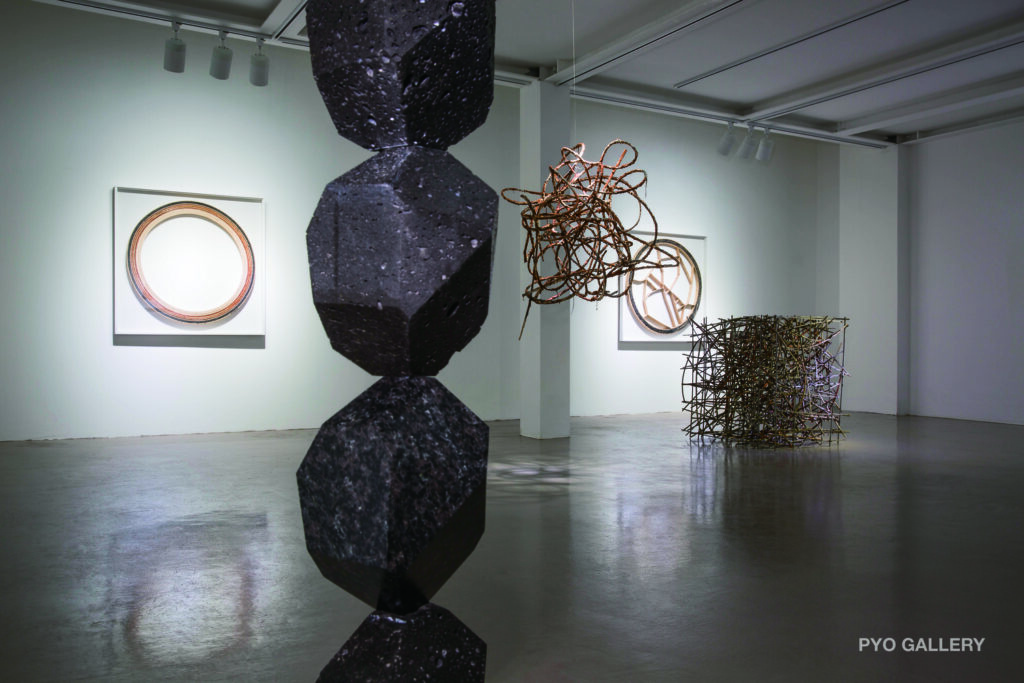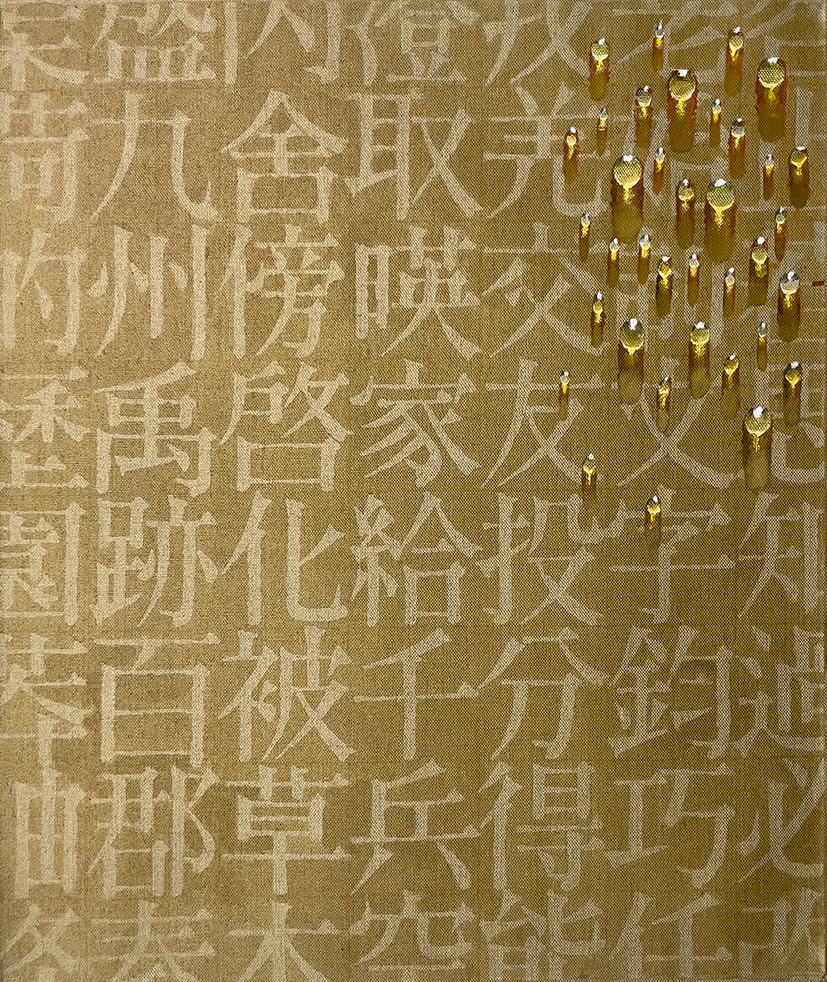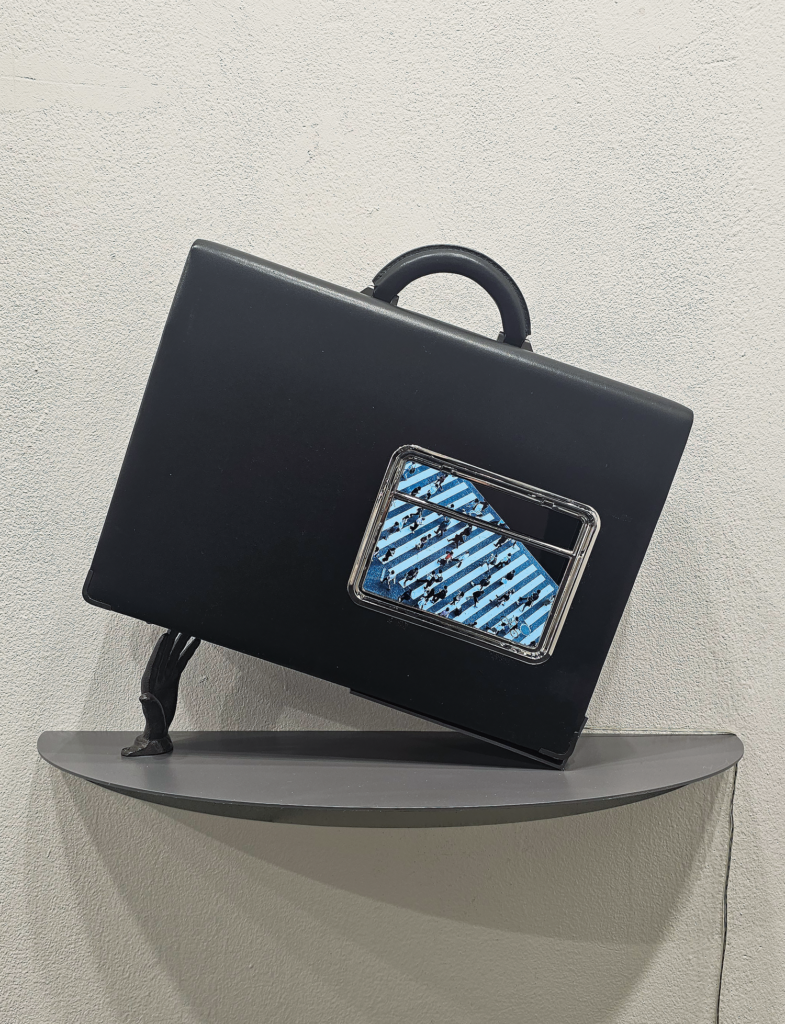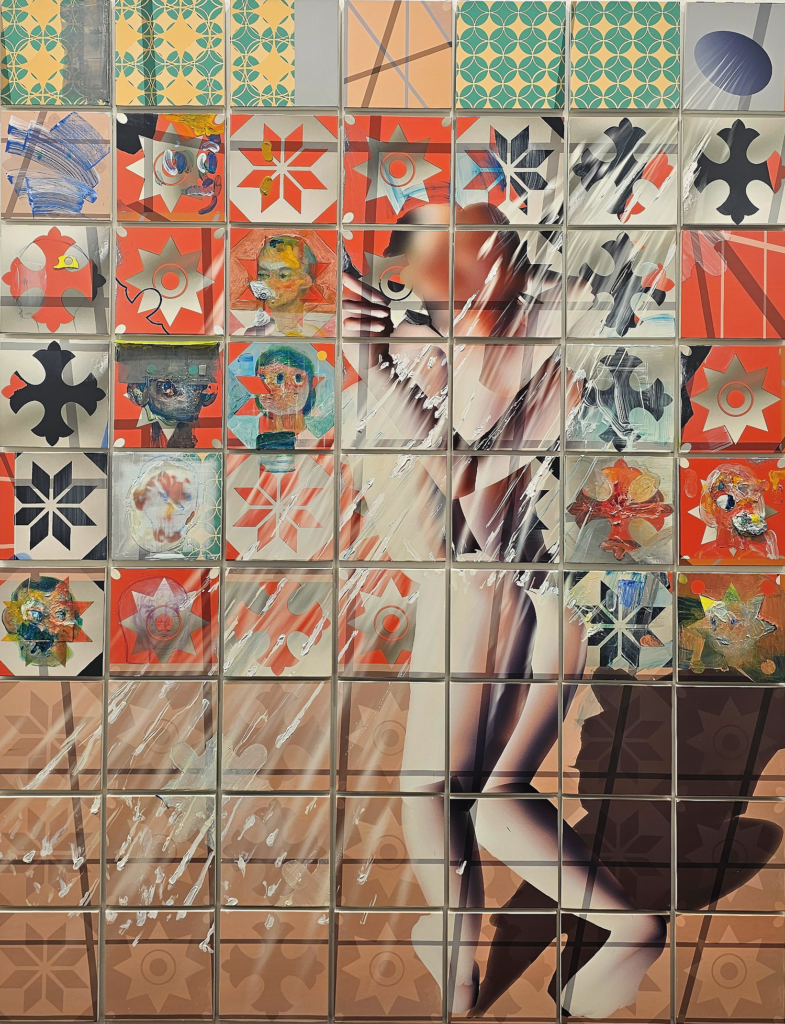PYO Gallery

PYO Gallery opened in the heart of Seoul in 1981. For the past 40 years, PYO Gallery has introduced world-class artists such as Jonathan Borofsky, Frank Stella, John Baldessari, Yue Minjun, Zeng Fanzhi, Ji Dachun, Paik Namjune, Lee Ufan, Kim Tschangyeul, Park Seobo, Ha Chonghyun, Chung Changsup. As a major gallery representing Korea, PYO Gallery has a strong connection with not only senior masters but also emerging young artists popular among the MZ Generation collectors. PYO Gallery provides collectors with a high level of satisfaction, through its sophisticated collection and skilled know-how.

Tschang-yeul KIM, SH95023, 1995, Acrylic and oil on canvas, 72.7 × 60.6 cm
In 1969, Kim relocated to Paris. It was there that he began painting water droplets a motif that would become central to his work. The following year, he presented one of his first droplet paintings at the Salon de May in Paris. What started as an artistic experiment developed into a lifelong focus.
For Kim, the water droplet became more than just a recurring image. It was a way of exploring themes like presence and absence, nature and culture, clarity and illusion. He described the act of painting water drops as a method of returning to a state of emptiness a way to let go of fear, anger, and ego.

Minyoung CHA, Inclined Horizon-h, 2023, Stainless steel, LCD monitor, etc, 75 × 62 × 24 cm
CHA Min Young has long been capturing the components and systems of the cities we live in with intricate and detailed expression. By realistically containing these elements inside a travel bag, she invites us to gaze upon and contemplate the small facets of the city she has constructed. If a person’s bag contains a part of their life, the bag created by the artist contains a part of the world—and even beyond that, the vast expanse of the universe. The experience of peering into another space within the private realm of a bag makes the audience revisit familiar spaces in an unexpected way, prompting them to reflect on their inner selves and bring to mind their private memories and deep nostalgia tied to those spaces.

Haemin JEONG, Shower room, 2025, Digital printing and acrylic on canvas, 22 × 22 cm each
As I weave the screen, I hope it acquires a kind of reality. I want to draw the plausibility of something digital. The units of immaterial images are recognized almost as if they were physical entities, which I then refine, break down, and reassemble.
The units of the image are usually summoned from previous works, and I translate the sensory experience and logic of those units from their time of creation into the present. In this process, respect for the previous image might be shown, or it may be subjected to violence. I hope a certain vitality emerges during this process, which, at a particular point, is preserved and embalmed. Afterward, this image becomes a source again. It is summoned back into the same screen at a different time, either to reveal its sense of realism or to wait for its summoning in another frame.
